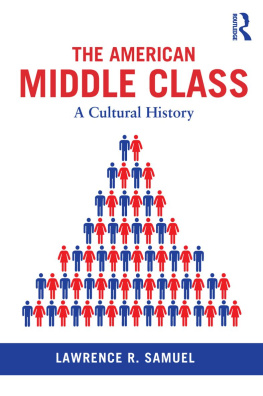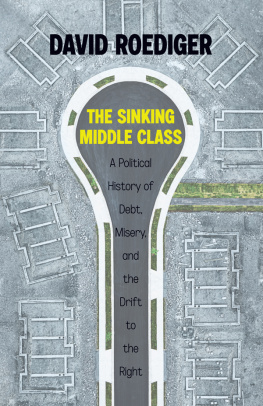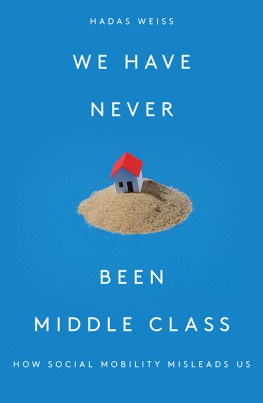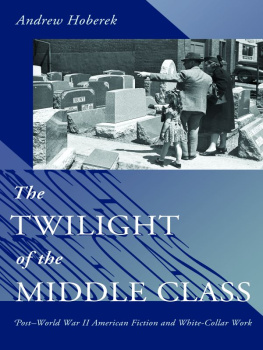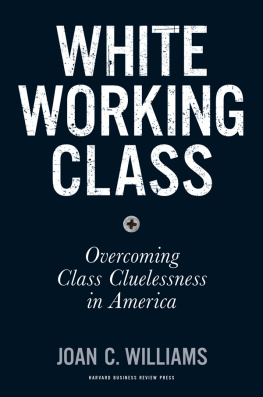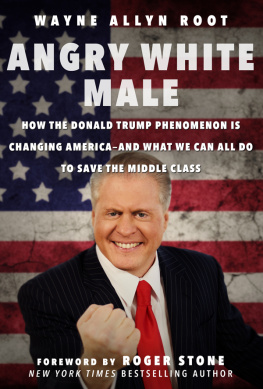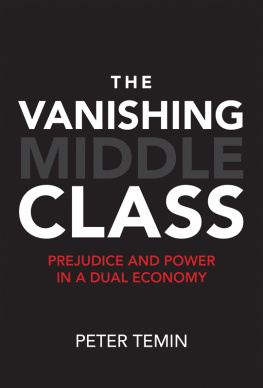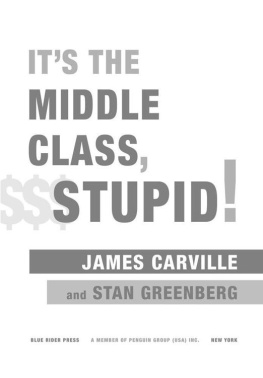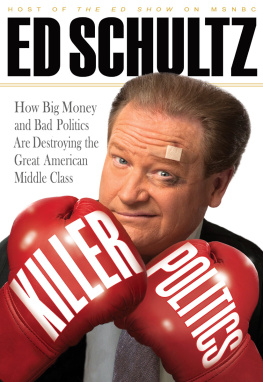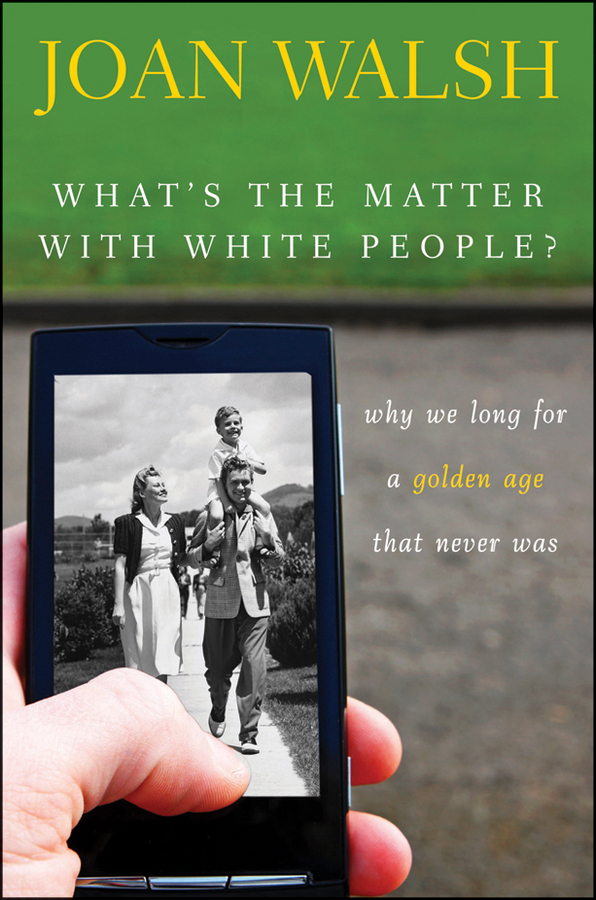Joan Walsh - Whats the Matter with White People: Why We Long for a Golden Age That Never Was
Here you can read online Joan Walsh - Whats the Matter with White People: Why We Long for a Golden Age That Never Was full text of the book (entire story) in english for free. Download pdf and epub, get meaning, cover and reviews about this ebook. year: 2012, publisher: Wiley, genre: Politics. Description of the work, (preface) as well as reviews are available. Best literature library LitArk.com created for fans of good reading and offers a wide selection of genres:
Romance novel
Science fiction
Adventure
Detective
Science
History
Home and family
Prose
Art
Politics
Computer
Non-fiction
Religion
Business
Children
Humor
Choose a favorite category and find really read worthwhile books. Enjoy immersion in the world of imagination, feel the emotions of the characters or learn something new for yourself, make an fascinating discovery.

- Book:Whats the Matter with White People: Why We Long for a Golden Age That Never Was
- Author:
- Publisher:Wiley
- Genre:
- Year:2012
- Rating:4 / 5
- Favourites:Add to favourites
- Your mark:
Whats the Matter with White People: Why We Long for a Golden Age That Never Was: summary, description and annotation
We offer to read an annotation, description, summary or preface (depends on what the author of the book "Whats the Matter with White People: Why We Long for a Golden Age That Never Was" wrote himself). If you haven't found the necessary information about the book — write in the comments, we will try to find it.
The size and stability of the American middle class was once the envy of the world. But changes unleashed in the 1960s pitted Americans against one another politically in new and destructive wayswhile economically, everyone fell behind except the wealthy.
Right-wing culture warriors blamed the decline on the moral shortcomings of other Americansblacks, feminists, gays, immigrants, union members to court a fearful white working and middle class base with ever more bitter us vs. them politics. Liberals tried but mostly failed to make the case that were all in this together. In All for None and None for All, MSNBC political analyst and popular Salon columnist Joan Walsh traces this deeply disturbing dynamic as it has played out over the last forty years, dividing the country, poisoning its politics, jeopardizing its futureand splitting her working class Irish Catholic family as well.
- Connects the dots of American decline through trends that began in the 1970s and continue todayincluding the demise of unions, the stagnation of middle class wages, the extension of the rights Southern Strategy throughout the country, the victory of Reagan Republicanism, the widening partisan divide, the increase in income inequality, and the drop in economic mobility.
- Shows how liberals unwittingly collaborated in the us vs. them narrative and failed to develop an inspiring, persuasive vision of a more fair, united America
- Explores how the GOPs renewed culture warone which could conceivably make Rick Santorum president, and produced radical changes in states like Wisconsin, Ohio, and Virginianow scapegoats even segments of its base, as it blames the troubles of working class whites on their own moral failings rather than an unfair economy
As the United States becomes a majority-minority culture, while the GOP doubles down on racial and cultural appeals to rev up its demographically threatened white base in 2012, Walsh talks about race in honest, unflinching, unfamiliar terms, acknowledging not just Republican but Democratic Party political mistakesand her own. This book will be essential reading as the country struggles through political polarization and racial change to invent the next America in the years to come
Joan Walsh: author's other books
Who wrote Whats the Matter with White People: Why We Long for a Golden Age That Never Was? Find out the surname, the name of the author of the book and a list of all author's works by series.

